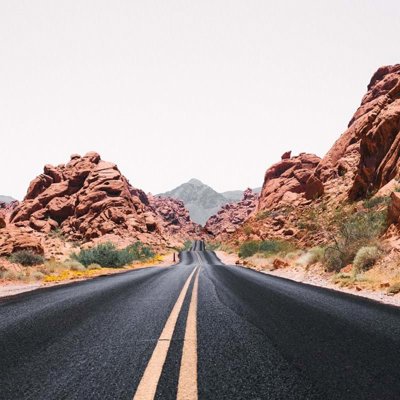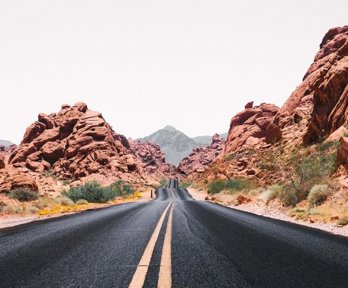It may be that the physical or natural environment cannot supply new demands of uncontrolled urban development. It could be that human innovation has created the means to enable and make possible new development in places unthinkable before. The activities of people themselves may make a place untenable for future generations or to continue to live in safely. Sometimes access to a place is made ‘impossible", quite deliberately, so that a particular activity or activities can take place away from the public gaze or to be exclusive to one particular group of people.
The current KS3 specification requires that pupils study "real" places. The first lesson in this module questions the concept of a "real" place and gets students to consider a definition of "sense of place". They consider the view that Las Vegas is an "impossible place" and which features, in fact, make a place "real". After understanding what ‘sense of place' means, there is an opportunity for students to carry out local fieldwork by investigating whether or not their local area has a strong identity or is a clone town through a survey.
Engineering projects are often about making the impossible possible and the Grand Canyon Skywalk, a glass bridge that allows visitors to do the impossible like ‘walk the path of an eagle' and ‘become surrounded by the Grand Canyon" is no exception. Suspended more than a kilometre above the Colorado River and able to withstand a magnitude 8.0 earthquake. In the second lesson student explore whether this development could be a step too far.
After the excursion to the Grand Canyon we return to Las Vegas to consider how rapid urban sprawl has increased demands on the city's water supply and investigate the problems of water supply and consumption in the city and how residents might conserve water through "xeriscaping" or dry landscaping.
The next two lessons focus on Dubai and its future ‘sustainability'. Students investigate the reasons for the construction boom in Dubai and understand the human issues behind the rapid development of the city. Defying possibility, an artificial archipelago of 300 islands, ‘The World', is being built off the Dubai coast. Students consider the relative importance of different environmental issues in Dubai and go on to design environmentally friendly fantasy architecture, based on an actual location in Dubai.
The last lesson in this module is inspired by the "The importance of geography" statement in the revised Programme of Study. There is a strong element of Citizenship, especially in the plenary and extension. Human activities have made some parts of the planet uninhabitable. Some places are restricted because of past or present military activities. Places may also be ‘forbidden' for cultural, political or environmental reasons.
Students undertake independent research into forbidden places using web based tools. They complete a short project and respond creatively to their chosen location. Finally they consider the nature of forbidden places in their local area.

